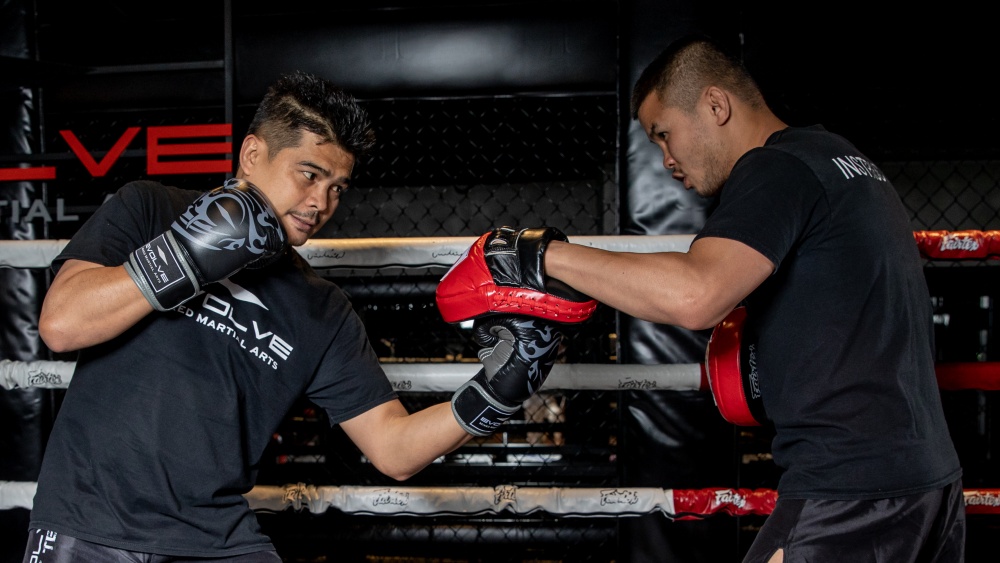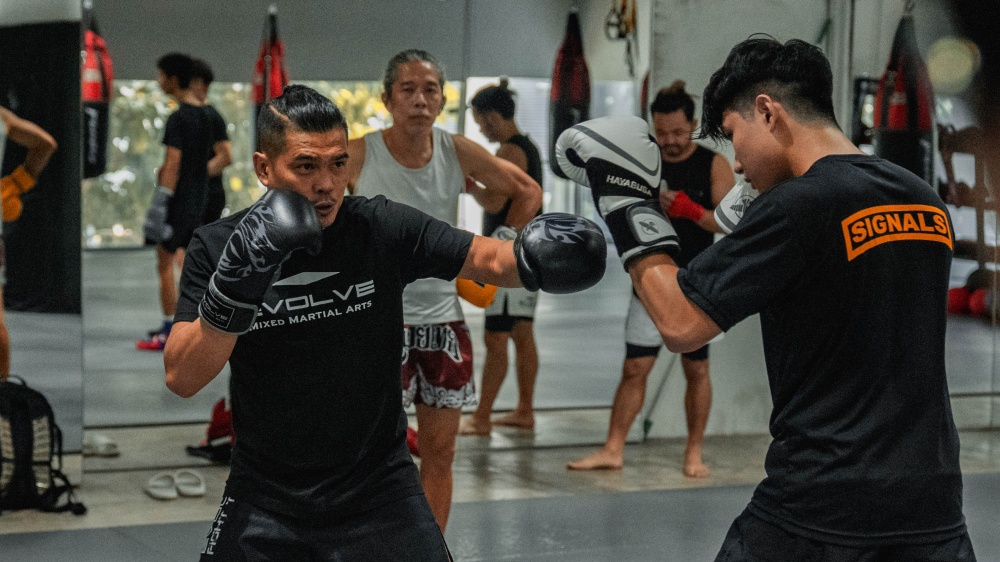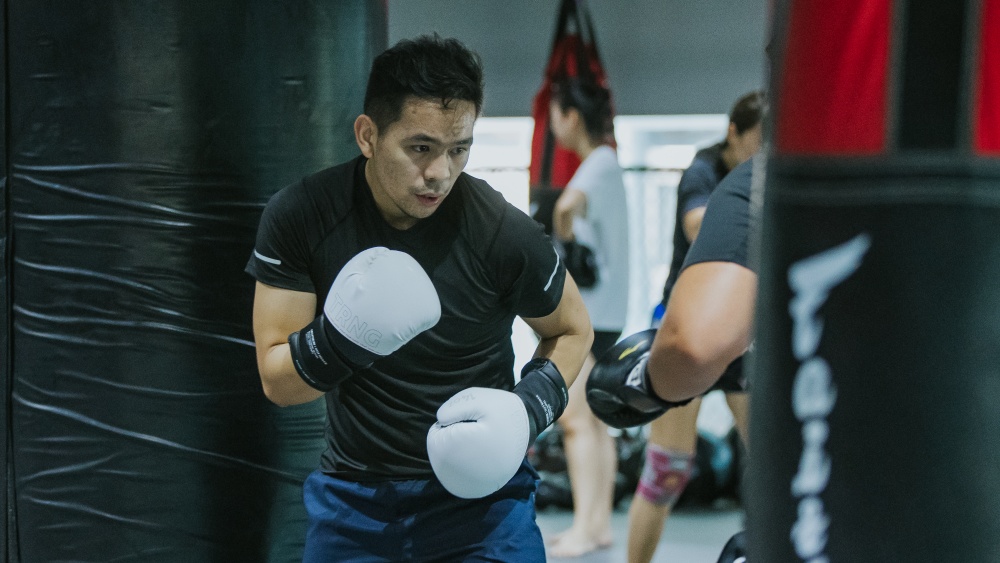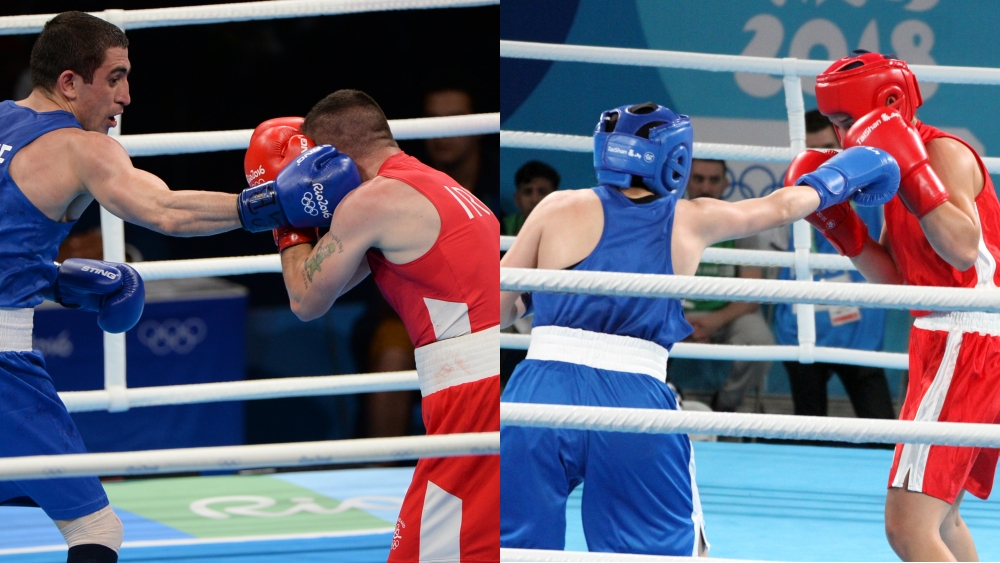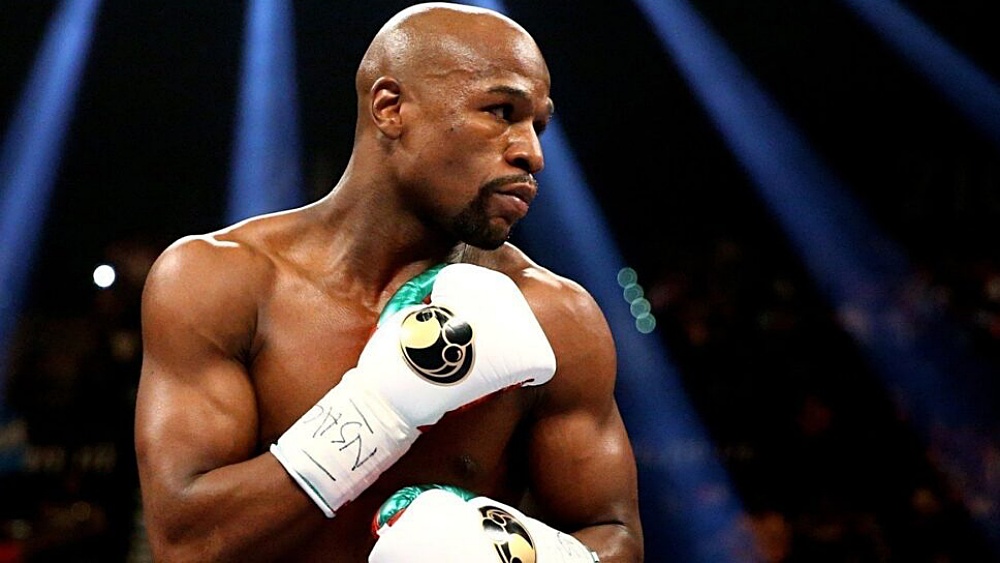The fear of getting hit can leave fighters at any level frozen. It turns them into breathing punching bags as their fear cripples their ability to mount any semblance of an effective offense. Being afraid of getting hit isn’t something to be ashamed of. Many of the fighters you see competing at the highest level of combat sports once had to overcome this fear.
The fear of getting punched is pervasive with beginners learning how to fight. It’s one of their first challenges as they approach their first sparring sessions. Some people even quit training to avoid having to deal with this fear.
There are two main reasons fighters develop a fear of getting hit. First, getting punched or kicked doesn’t feel good and isn’t meant to be. Second, inexperienced fighters often have difficulty seeing strikes coming at them, which worsens their fear. They don’t have the confidence they’ll be able to see incoming attacks and intelligently defend against them.
Getting Past The Fear Of Getting Hit In A Fight
Anyone can get past the fear of getting hit regardless of how impossible that might seem to you right now. Some of the tricks martial arts instructors use to get their students past the fear of getting hit include:
1) Master Defensive Drills
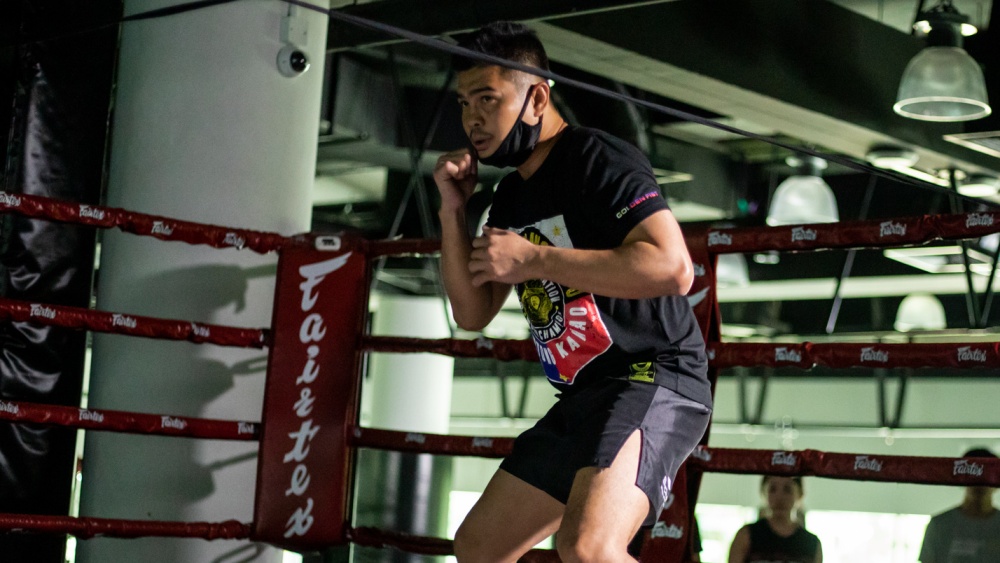
One of the most fundamental ways to get a fighter past their fear of getting hit is working on the basics of defense like blocks, parrying, and basic head movement. Train these skills until they become part of your muscle memory. Don’t expect this to happen overnight if you’re new to martial arts.
Mastering these defensive movements to the point you can perform them without thinking takes months or years.
A simple trick you can use to speed up your progression is to focus on one or two defensive movements until you master them before moving on to others. Use these techniques as much as you can when performing drills. They won’t work all the time, but that allows you to understand the limits of the technique and the most effective scenarios to use them. The more confident you become about your ability to block and dodge strikes, the less your fear of getting hit will be.
2) Simulate Sparring With Drills
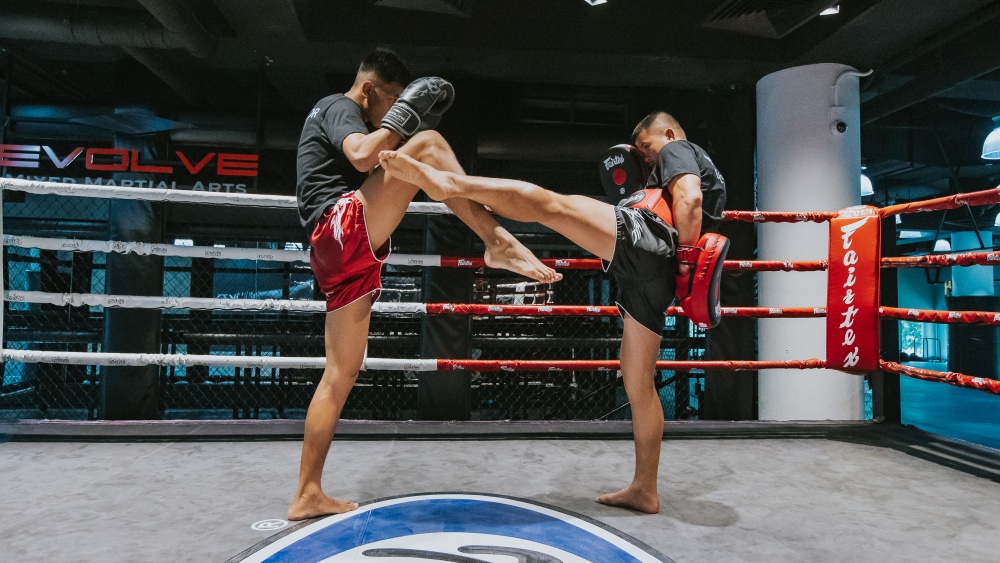
Another effective way to get past the fear of getting hit is simulating getting hit in various ways. It’s a technique psychiatrists use to help patients get past their fears; it’s called controlled exposure. For example, your instructor can use pool noodles to throw strikes at you while you dodge, block, and avoid them. Your instructor should be going fast enough to challenge you, so you can block most of the strikes but not all of them.
Focus mitts are another effective way to simulate sparring. They are primarily used to work on your combinations, but the best instructors also throw strikes at their students to get them used to defending against strikes, even when they’re on offense.
The late Roger Mayweather is one of the best examples of a trainer using focus mitts to teach fighters defensive movements and get them used to being hit. His work with younger fighters highlights how well he did this. Roger would sometimes hammer his students, some children, with focus mitts to the point people would question if he should be hitting them that hard. Ironically, you’d never see the person being trained complaining. The strikes didn’t seem to bother them much, and it often looked like they enjoyed it.
Catch and counter drills also help to overcome the fear of getting hit. It’s a popular drill with Dutch kickboxers and effectively works your offensive and defensive skills. To perform the drill, you simply get into the ring with a sparring partner and alternate throwing pre-agreed combinations.
For example, the most basic form of the drill is to alternate jab-cross combos. You throw a jab-cross at your sparring partner, and they block, parry, or avoid your attack. Your partner then throws the same combo at you while you get to play defense. Start light and slowly increase the power behind your punches. The fact you know exactly what’s coming at you makes it easier to defend against them.
The more you get comfortable performing such drills, the less frightening the idea of getting hit will seem.
3) Start With Slow Sparring
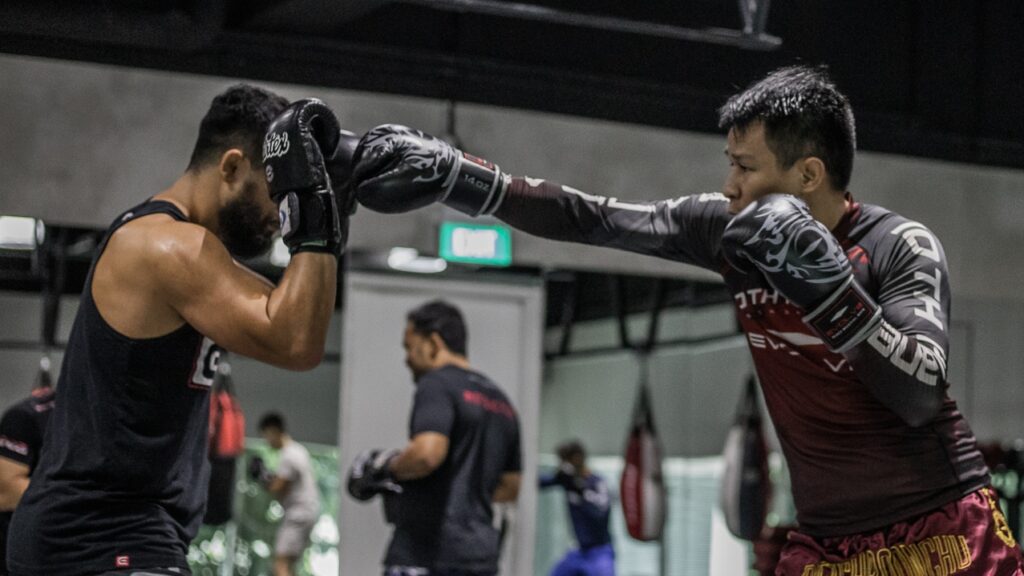
Sparring is an essential part of mastering any martial art, but your fear of getting hit might make you apprehensive about getting inside the ring with your training partners. The wrong training partner can even discourage you from training by scarring you with a negative experience.
Your first few sparring sessions don’t need to be all-out brawls. Slow and steady often works best since it makes implementing what you learned while training easier. You get to see more details during a slow sparring match, giving you more time to react to your sparring partner’s attacks. You start to pick up visual cues that inform you of your sparring partner’s intentions. You get to notice which techniques leave you in vulnerable positions afterward.
Slow sparring is like playing a video game on easy mode. Sure, you won’t become the best by only playing the game at its easiest level, but it makes it simpler for you to learn the moves. You can then try the more challenging difficulty levels as you become better at playing the game.
4) Spar With The Right Training Partners
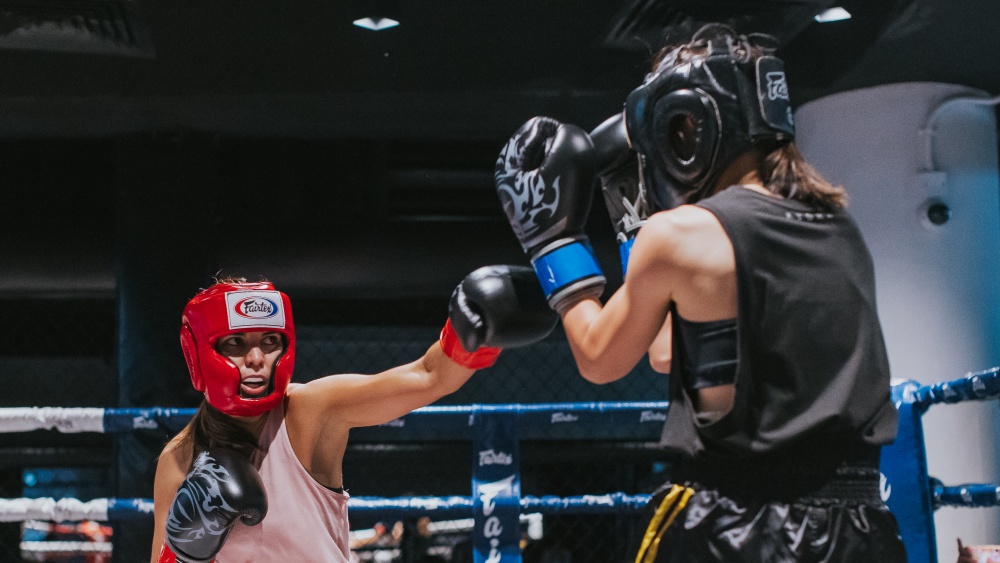
You’ll probably need your instructor to help with selecting your sparring partners. Generally speaking, you want to spar with similarly skilled fighters or better fighters who are more experienced than you are.
However, sparring sessions between beginners often turn into brawls with limited technique being used as ego takes over. A beginner fighter is more likely to lose control during sparring sessions since they have more to prove. You’re probably better off going against a more skilled training partner who will take it easy on you during your first few sparring sessions.
Once you’ve gotten a few sparring sessions under your belt, start sparring with similarly skilled fighters who have also gotten their first few sparring sessions under their belt.
You may also like:
